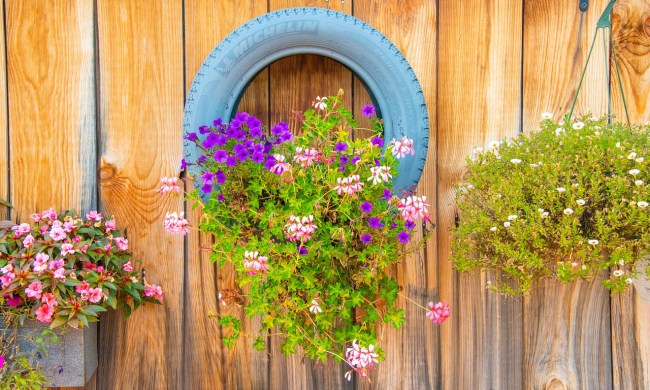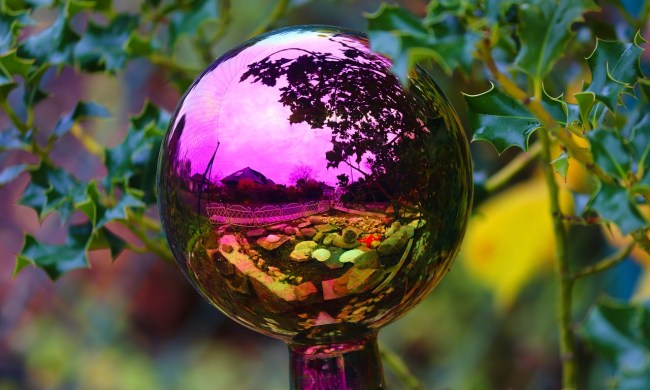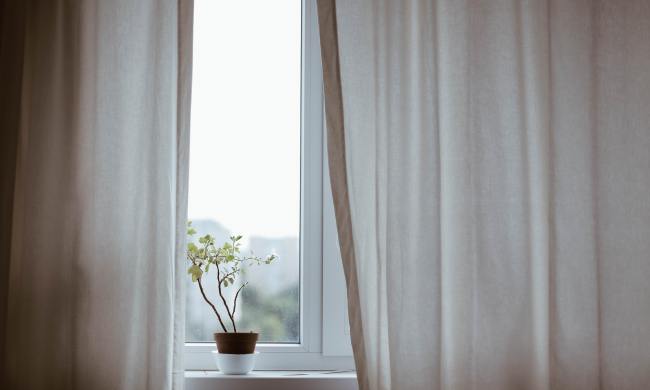Fresh-cut flowers are one of life’s greatest pleasures, whether you purchase flowers for yourself or someone special buys them for you. You’re suddenly seeking out ideas for your cut flowers: should you arrange them in an ornate vase or that vintage bottle you’ve kept for the aesthetic? After all you want to showcase their magnificence as soon as possible. It might be their short-lived beauty that makes us love them so much, but let’s go through some ways you can ensure your flowers last as long as possible.
Proper cut flower care
When you first bring your flowers home, there are a few things you’ll want to do right away.
- Take a minute to look at the flowers and determine if they are larger blooms or smaller, lighter blooms. Larger blooms will fare better in a shorter vase, while more delicate blooms can get away with being in a taller vase.
- If your chosen vase sits in a cupboard for lengthy periods, be sure to give it a good wash before placing your flowers in it. Bacteria can sit at the bottom and cause your flower to wilt and die more quickly.
- Once you’ve chosen and cleaned your vase, unwrap the flowers from their packaging and lay them out so you can easily access their stems. Using clean garden shears or heavy kitchen scissors, trim the ends of the stems at an angle. How much you take off will depend on the size of your vase. Keep in mind that you’ll want to trim the ends of the flowers every few days to help keep them stay fresh longer. Don’t cut too much off at the first trim or your flowers might end up being too short in a few days.
- Next, prune any leaves or unnecessary stems that could end up sitting in the water. This will keep the water cleaner and reduce the risk of rot. Avoid cutting all the foliage off.
- Fill your vase with room temperature water and arrange the flowers the way you want them.
Here are a few things to remember as you continue caring for your flowers over the next few weeks. Keep the flowers in a cool room, and if you can remember and have space, place them in the refrigerator at night. There is a reason florists keep their flowers in a large refrigerator.
As blooms within your bouquet begin to wilt, take them out immediately. Fresh and clean water is an essential piece of keeping flowers happy. Dying flowers will give off nasty, decaying material that will be harmful to your other flowers if they are not removed quickly.
What to add to your vase
Without water, your fresh-cut flowers will die rather quickly, but is regular tap water enough? Tap water will allow your blossom to flourish for a few days — if you give them proper care and attention — but if you’d like to keep your flowers for as long as possible, here are some things you can add to your water.
Soda
The sugar in soda feeds the flowers and provides them with energy to photosynthesize. Add about a 1/4 cup of soda to a large vase. To keep the water clear and beautiful, use clear soda like Sprite or 7 Up.
Apple cider vinegar
The idea behind apple cider vinegar is the acidifying properties keep the water clean and acidic. It’s also recommended to add a bit of sugar for energy when you add the apple cider vinegar. To a large vase, add 2 tablespoons of apple cider vinegar and 2 tablespoons of sugar.
Vodka and bleach
These bring a very similar approach. The vodka and bleach will kill any nasty bacteria that could potentially kill the flowers faster and cause more wilting. With a few drops of bleach or vodka, you can keep your flower water sanitary. It’s also recommended to add some sugar for energy when doing this one, as well.
Crushed aspirin
It’s thought that crushed aspirin in the water will lower the water’s pH level and allow it to flow into the flower faster. Add a crushed tablet of aspirin for a large vase for this hack. While this one is up for debate as to whether or not it works, you can try for yourself and see!
Copper coins
A copper penny and a sugar cube dropped into a vase of flowers could act like an acidifier and prevent bacterial growth. The sugar will then feed the plants.

Things to avoid
Just as important as knowing what to do, here are things to avoid when caring for your freshly cut flowers.
Direct sunlight, heat, and drafts
All of these things will quickly dry out your flowers and cause them to wilt and die. Nothing sucks the life out of a plant faster than a vent blowing hot air on them or a cold draft from an old window.
Fruit
The tiny amounts of ethylene gas that fruits put out can affect the longevity of your cut flowers. So avoid placing your vase next to your fruit bowl and opt for a place farther away.
Daffodils
Avoid putting daffodils with other flowers. They secrete a substance that kills other flowers when they are in the same vase.
Freshly cut flowers bring color and nature to your home, and keeping them healthy will allow you to enjoy their beauty for as long as possible. Proper trimming, regularly changing the water, and avoiding heat are the key ways to stretch your flowers’ lifespan.


